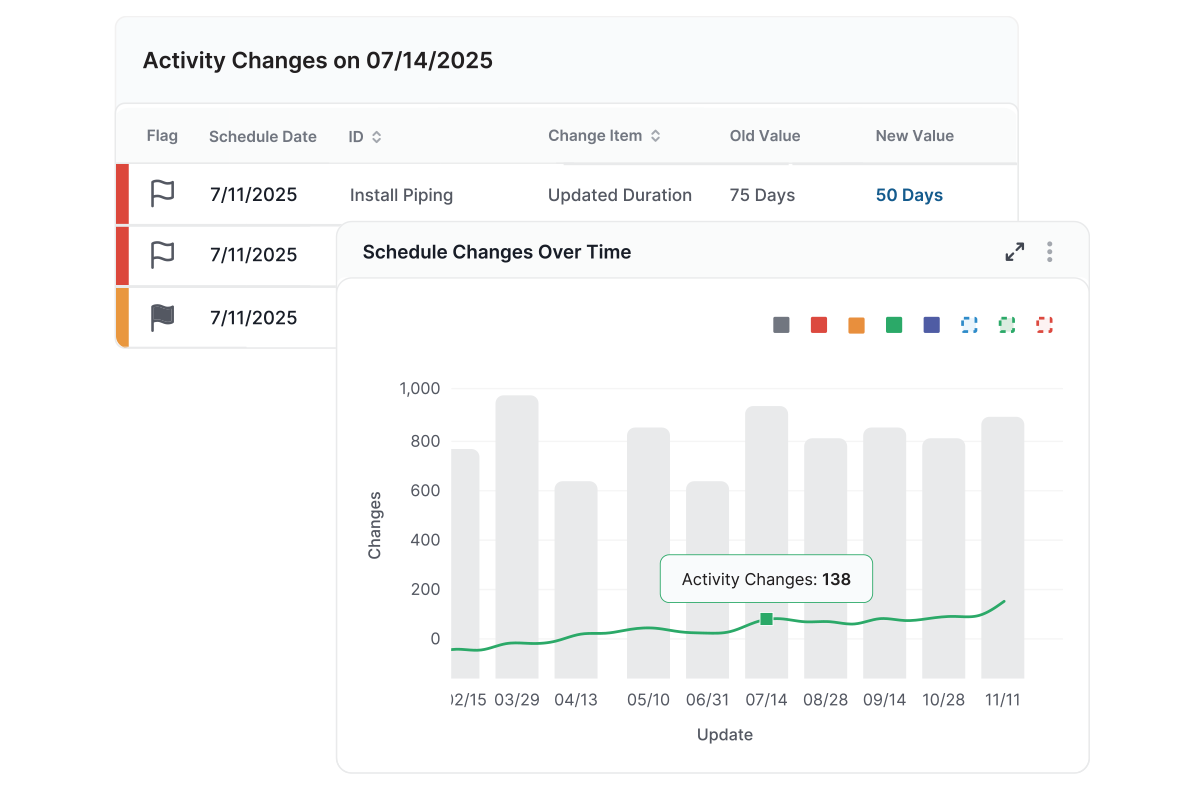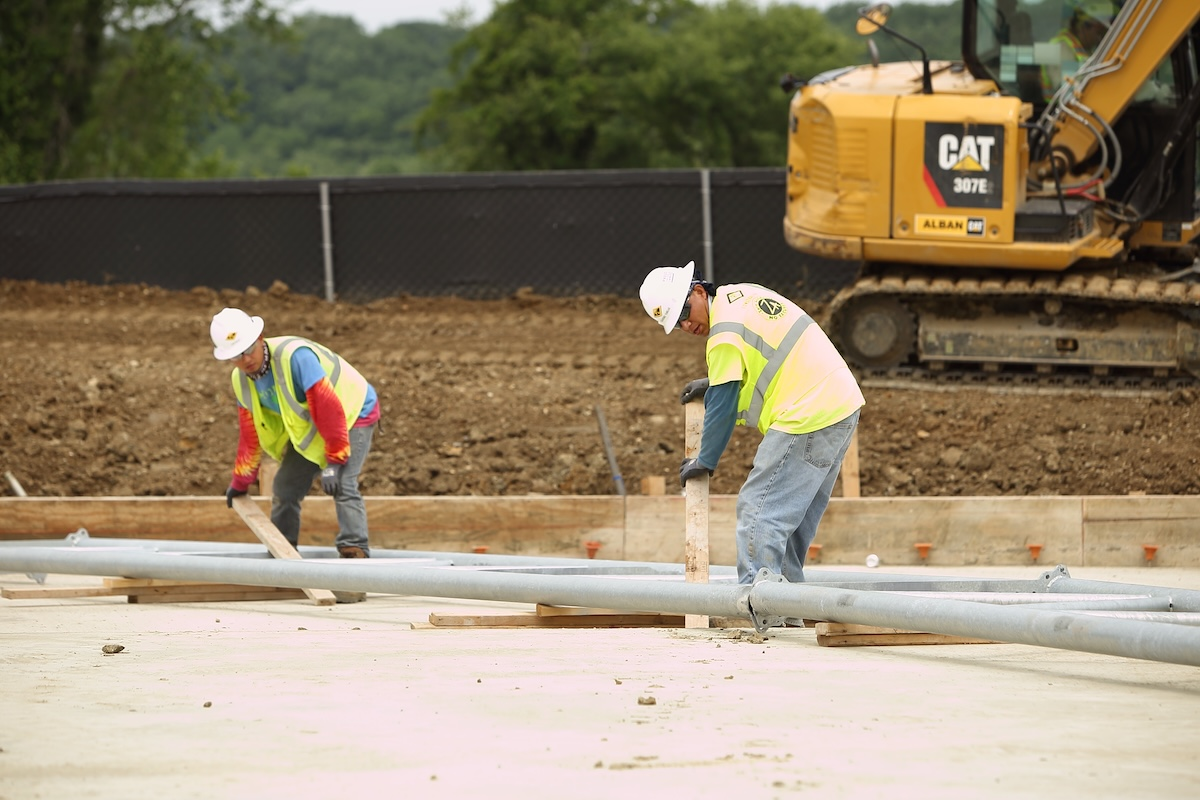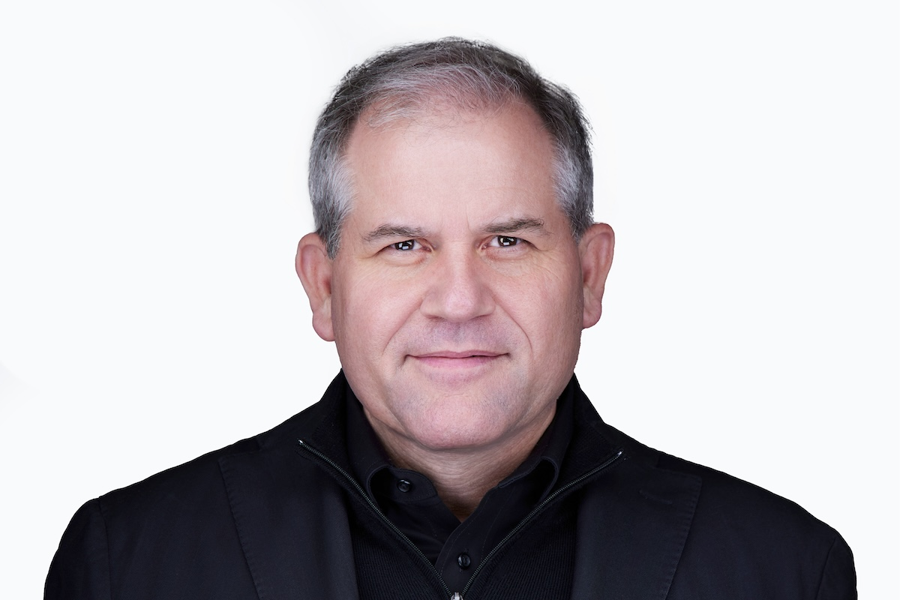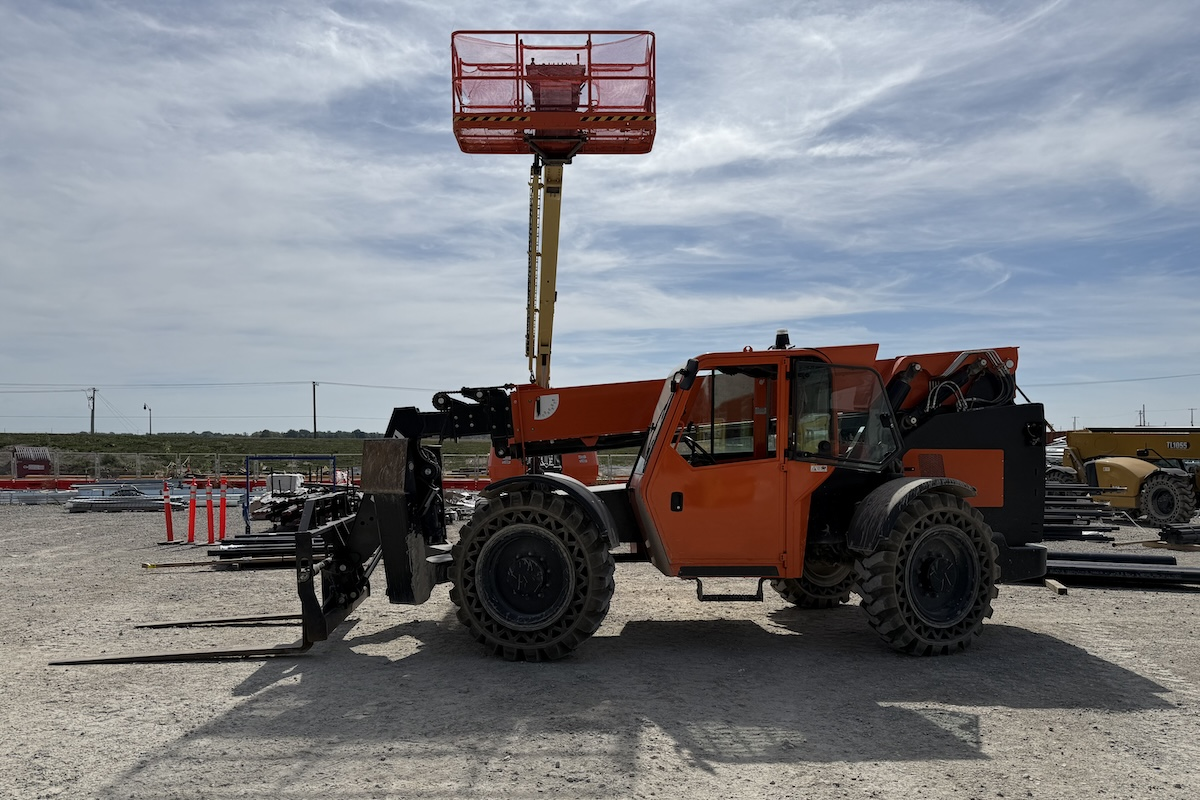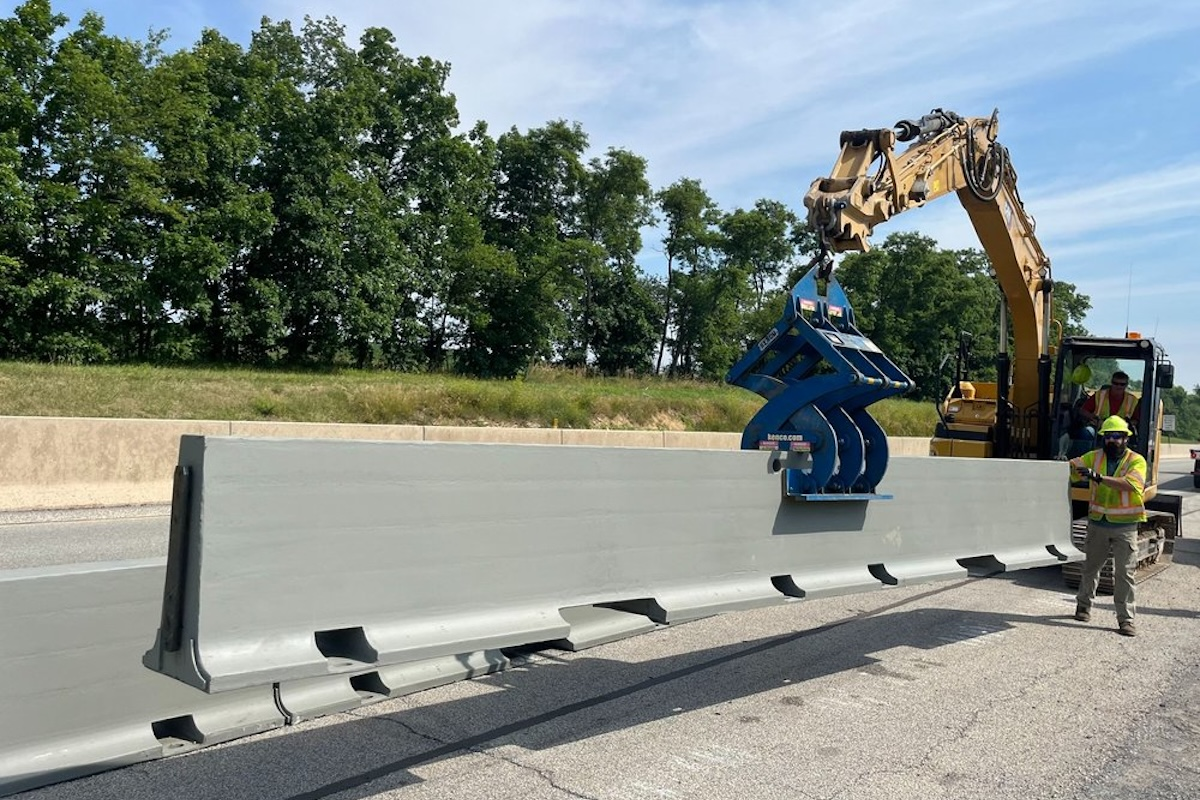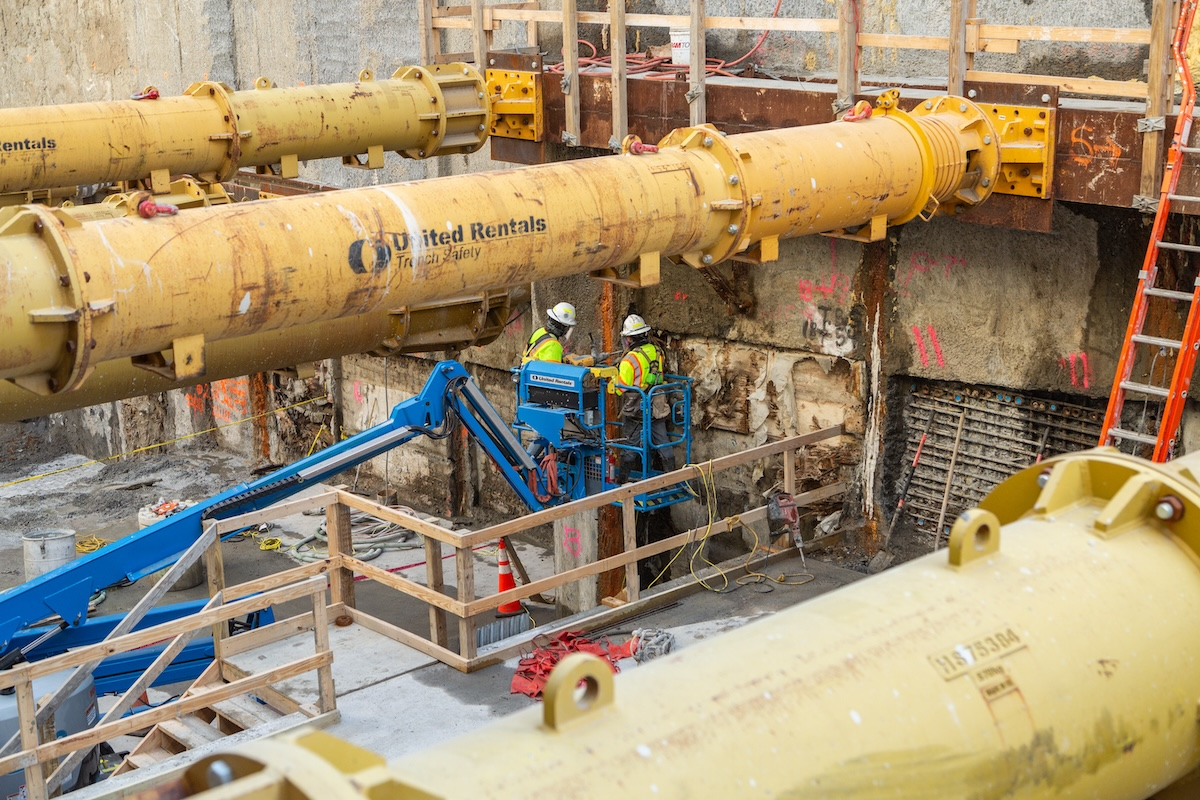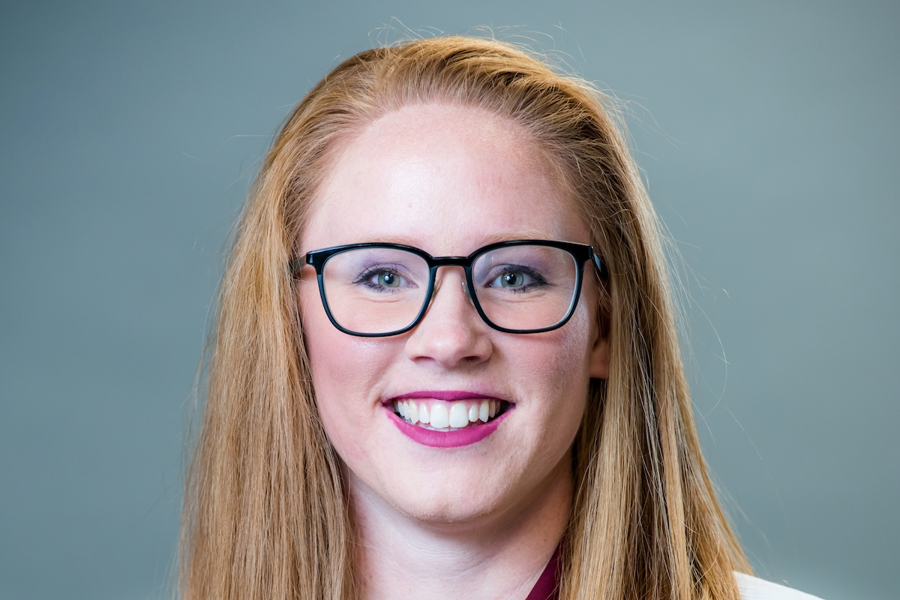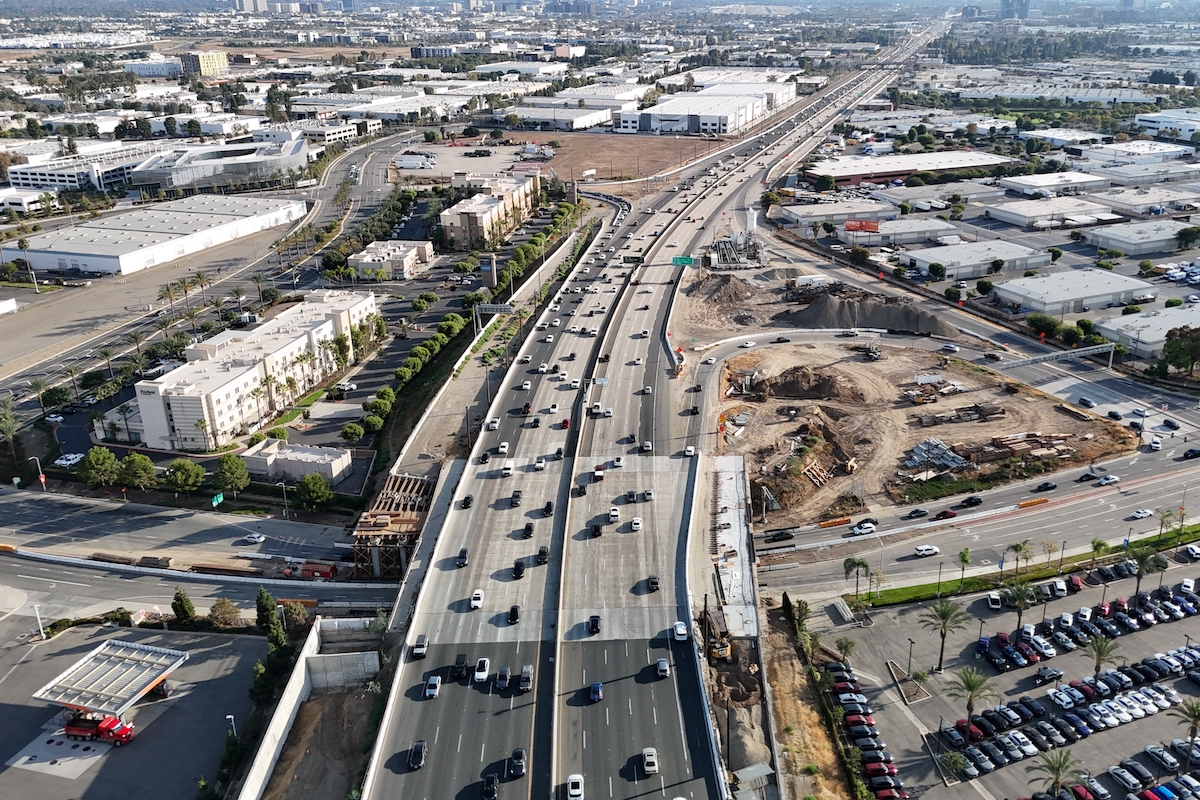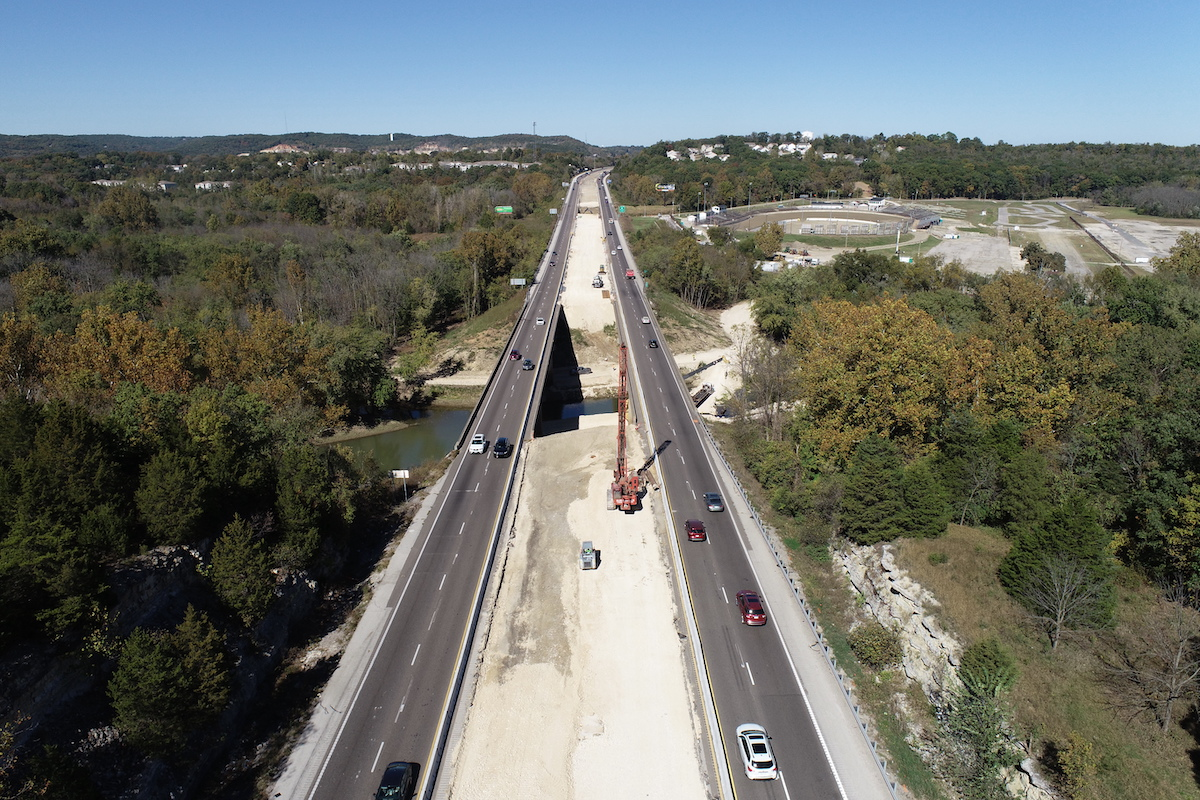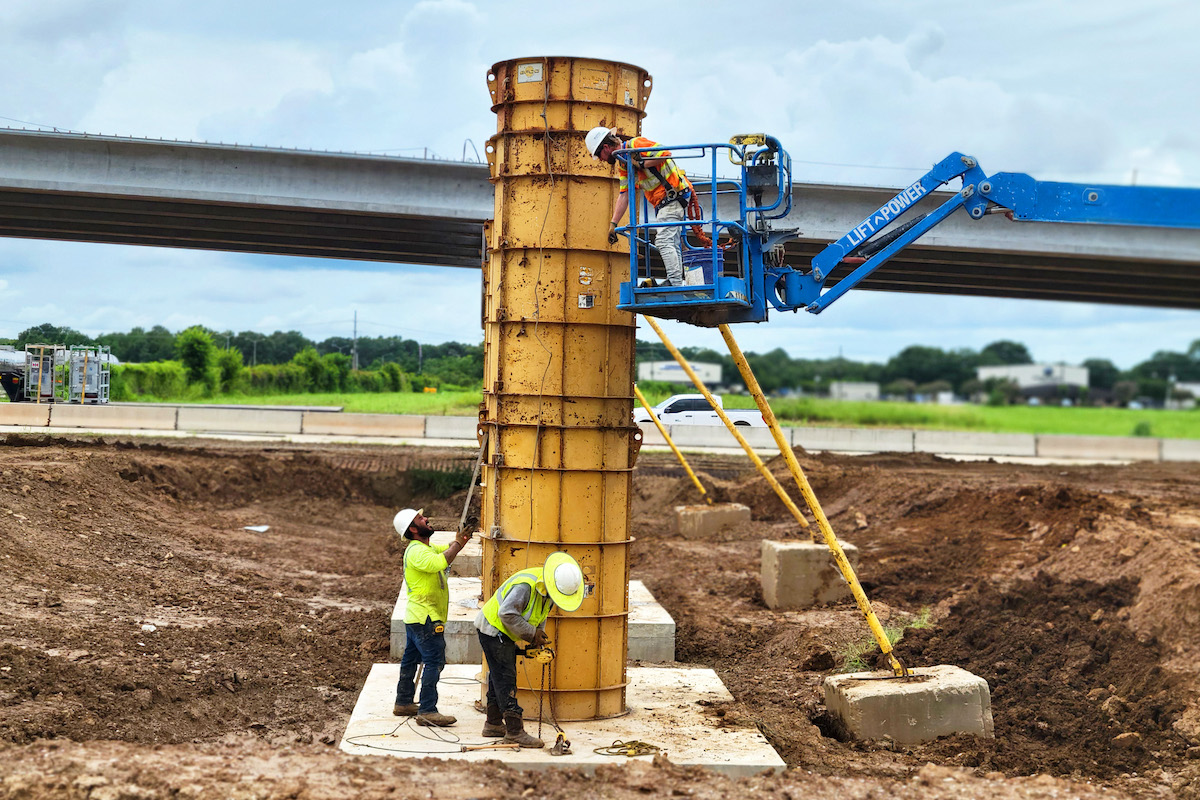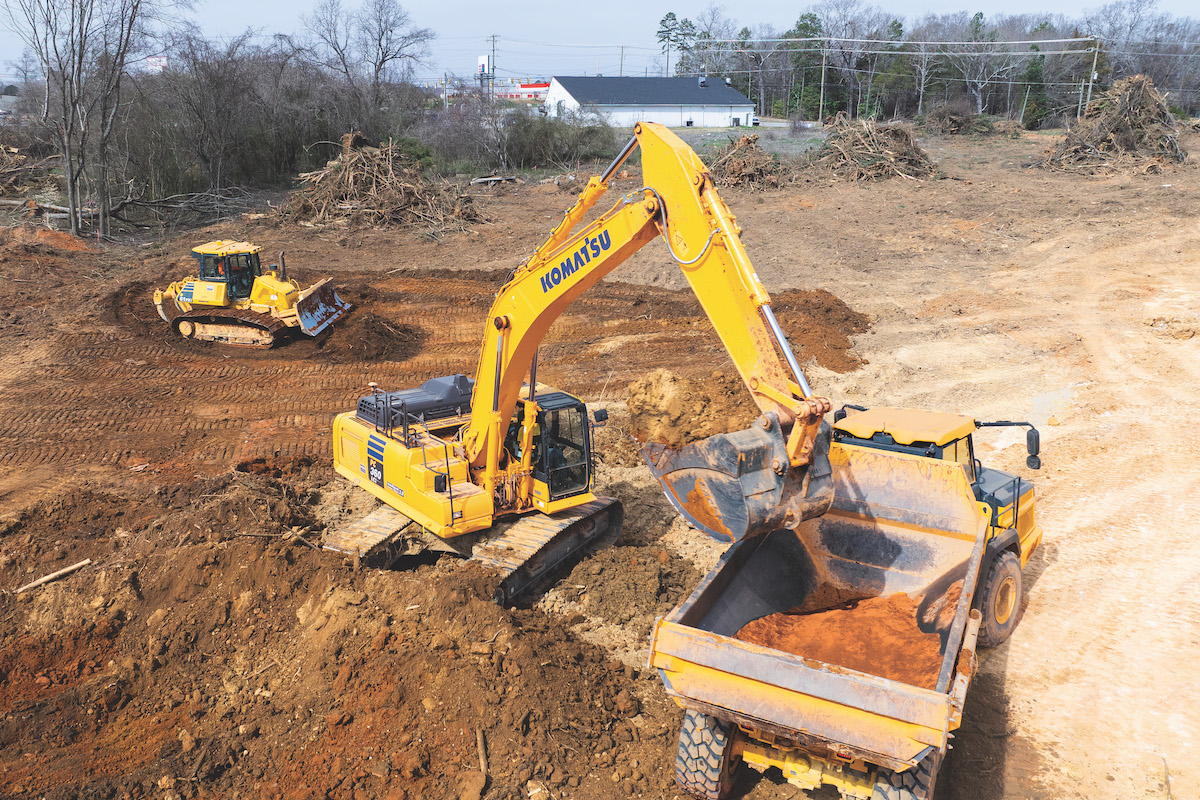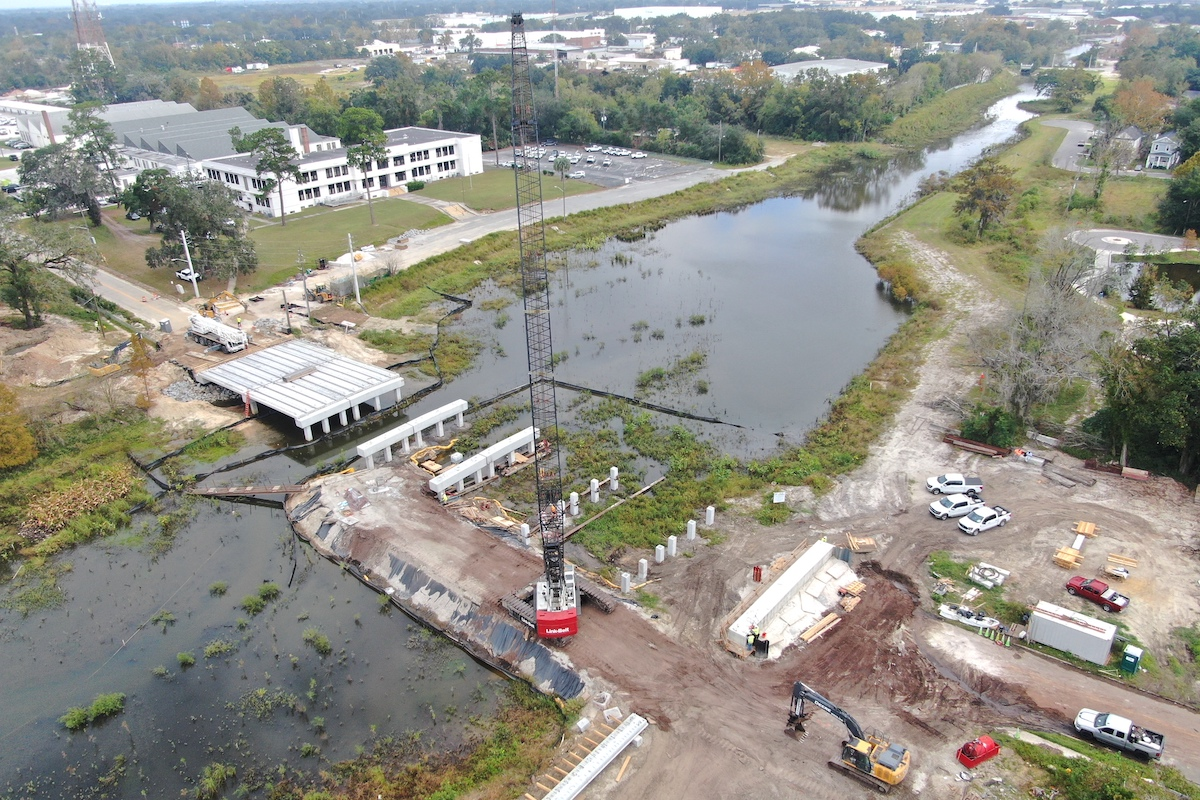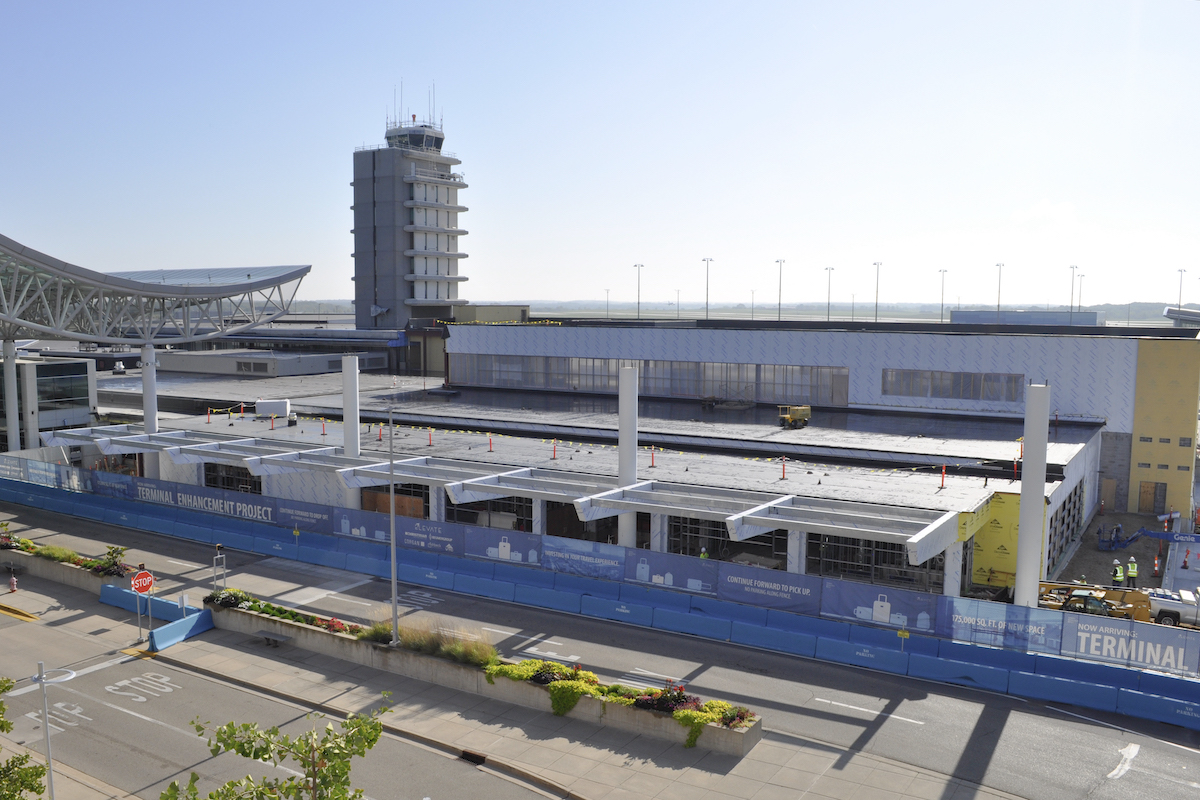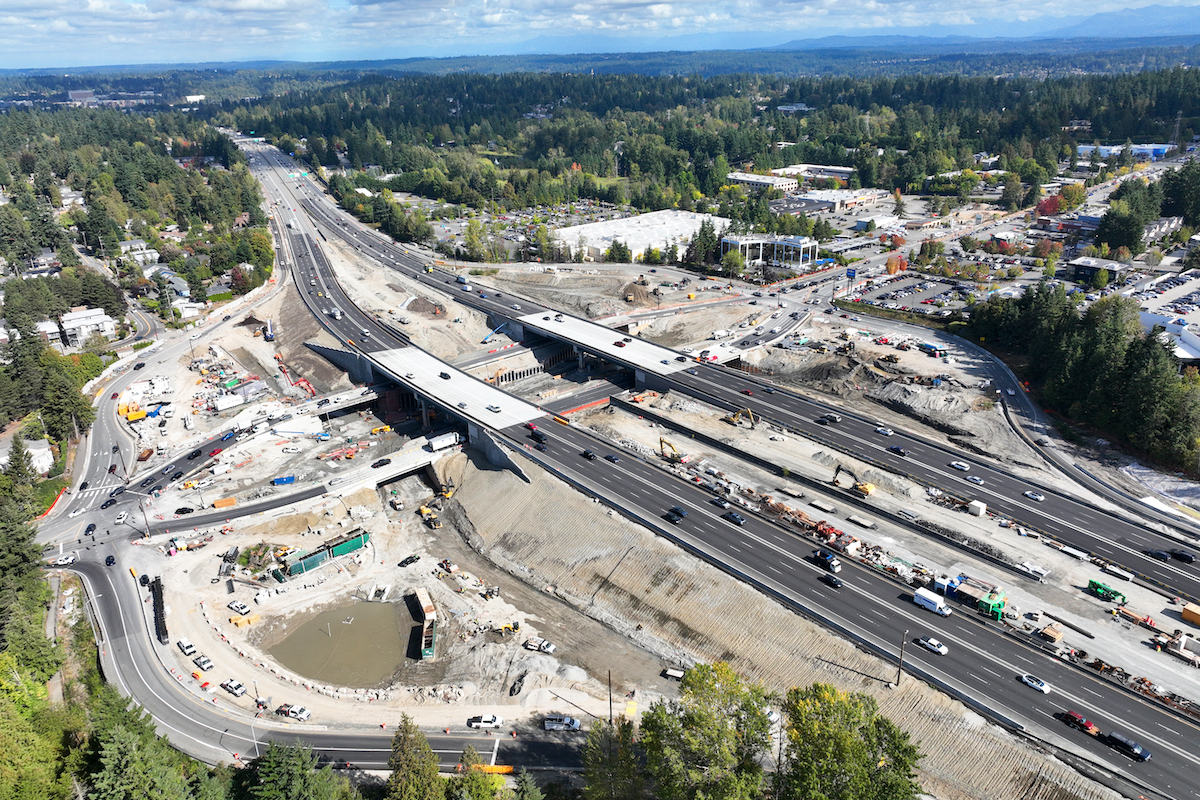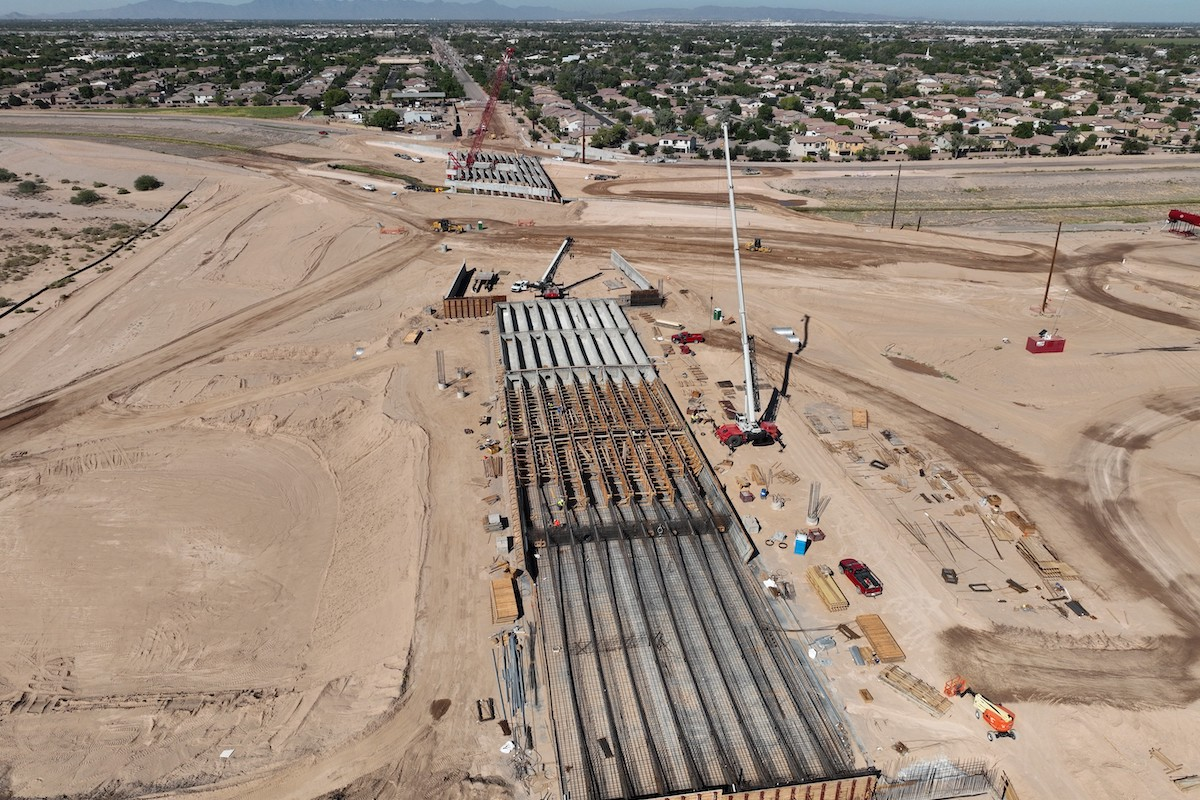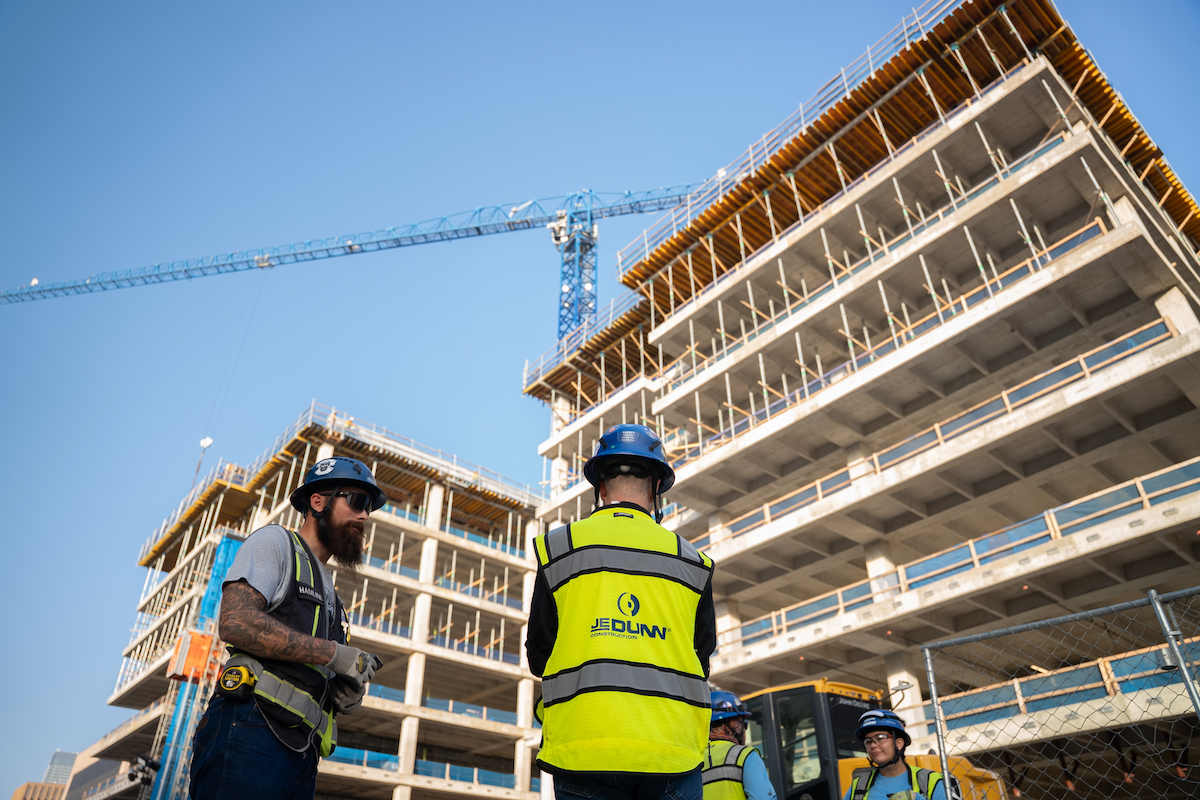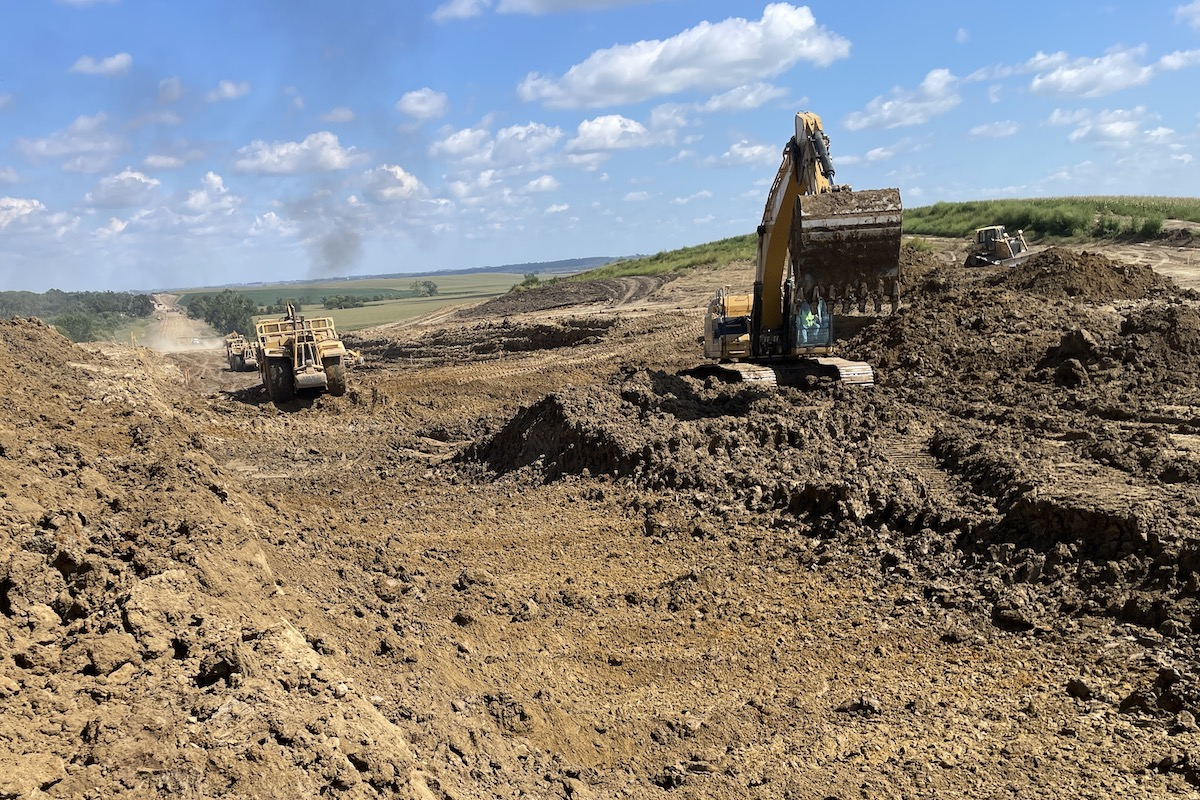RiverRenew, the largest infrastructure project in the history of Alexandria, Virginia, is rolling right along, bringing healthier waterways to the Potomac area.
Sanitary sewage and stormwater runoff during rain events have historically combined in the same pipe in the roughly 540 acres of Alexandria's Old Town district.
“Practically every time it rains a quarter inch in Alexandria, we have a mixture of raw sewage and rainwater being discharge stormwater waste,” said Justin Carl, CEO and General Manager of Alexandria Renew Enterprises (AlexRenew), the wastewater authority for Alexandria and the owner and lead of the RiverRenew program. “70 rain events, and 140 million gallons of combined sewage a year pollutes the Potomac and its tributaries because of this issue.”
AlexRenew’s contract for The Big Tunnel Project consists of a 2-mile-long, 12-foot diameter storage and conveyance tunnel called the Waterfront Tunnel; and a half-mile-long, 6-foot diameter open-cut interceptor, drop shafts, a tunnel dewatering pumping station, a wet weather pumping station, and a screening shaft.
According to the United States Environmental Protection Agency (EPA), the system is designed to reduce the number of those combined sewer overflow (CSO) events from 70 per year to fewer than four. This will prevent approximately 130 million gallons of raw sewage from polluting the Potomac River annually.
After seven years of planning, design, and construction, and $615 million of funding, healthier waterways are finally in sight.
“It’s a once-in-a-generation project for our community that's going to build a healthier future for our waterways,” Carl said. “And at some point in the future, we hope that our kids, or our kids' kids, can fish and swim in the Potomac River.”
According to the EPA, there are approximately 700 communities that have combined sewer systems and experience CSO discharges. These communities are mostly located in the Northeast and around the Great Lakes.
Relics of the late 1800s and early 1900s, these systems were located in cities with dense populations. Alexandria; Washington, D.C.; Boston, Massachusetts; New York, New York; Philadelphia, Pennsylvania; and most of the cities in the Northeast and Mid-Atlantic are served by combined sewer systems.
“When they were first built, they were state-of-the-art. They took sanitary sewage away from homes and businesses and discharged it to the river,” Carl said. “But those sewers also captured rainwater. So every time it would rain, the sewage would mix with rainwater and overflow the waterways.”
In 2017, the City of Alexandria was managing a long-term control plan to address three of the four outfalls, designed to handle various types of discharges where sewage, water, and other liquids drain into the city waterways, including the Potomac River.
“There was a lot of public outcry for it to address all the outfalls in a timely manner. It got pushed all the way up to the state General Assembly,” Carl said.
Governor Terry McAuliffe signed a law requiring that the four outfalls be remediated. At that point, the wastewater plant was crucial in meeting the combined overflow criteria.
AlexRenew partnered with the City of Alexandria to develop a plan to address the combined sewer discharges. After that, the outfalls and project implementation responsibility were transferred to AlexRenew. They selected Traylor-Shea Joint Venture (TSJV) as the prime design-builder, with Jacobs Engineering as lead designer.
“Typically for a project of this magnitude, it takes 10 to 15 years,” Carl said. “We're doing it in a compressed timeline of eight.”
The program was not funded when AlexRenew took over the project. The Virginia General Assembly provided $140 million in state grants, reducing the debt burden on AlexRenew.
“We had to come up with a funding plan for this massive construction project, and — given the way we're created as a public authority — our only source of revenue is through rates,” Carl said.
A $186 million loan secured through the Clean Water State Revolving Fund and $321 million loan through EPA’s Water Infrastructure Finance and Innovation Act implemented the program.
The Waterfront Tunnel, completed in March last year, was constructed by a custom-built, subterranean tunnel boring machine (TBM) built in Schwanau, Germany. It weighs 380 tons, is nearly 14 feet 8 inches tall, and is 465 feet long.
According to legend tracing as far back as the third century, underground workers looked to Saint Barbara for protection. In honor of this tradition, the naming of TBMs after women is a sign of good luck for the project ahead.
RiverRenew’s TBM was named Hazel in honor of Hazel Johnson, an American environmental activist who advocated for the health and wellbeing of communities disproportionately affected by pollution and environmental hazards.
To launch the TBM, the team built two shafts at the plant with a wet side and a dry side. One had a 72-foot diameter, the other had a 35-foot diameter, and they were both 12 stories deep.
“If you think about a typical building, you have a high-rise building and a parking garage below it. We're the opposite,” Carl said. “We have a really deep building, housed with mechanical and electrical and instrumentation equipment, and then above it we have a relatively short four-story building. So it's kind of an invert of a high risk.”
“We had very limited, next to zero ground moving associated with the drive the tunnel allowed,” he added. “We constructed the tunnel pretty much through the Alexandria community. Nobody actually knew it was happening.”
To build the shafts, the team used diaphragm walls, 3 to 4 feet thick, that supported the earth and temporary operations to allow excavation down to the tunnel invert.
“Those shafts were coming from the bottom up,” Carl said. “The first smaller shaft is becoming a screening shaft, and the shaft behind that will become a pumping station to be able to pump the flows from the tunnel through our entire treatment process at the wastewater plant. That will lift the flows up about 12 stories to pump through the plant to be treated.”
The tunnel itself was challenging, running 2.2 miles long through soft ground. The primary mining site where the team had to launch the TBM at the AlexRenew Wastewater Treatment Plant is very small, roughly 1.5 acres, while typical mining sites are 3 to 5 acres.
“TSJV did a great job. We have a very nice, tight, dry tunnel that is free of cracks,” said Ryan Payne, Program Manager, AlexRenew. “The biggest challenge is we're operating on such a limited footprint everywhere we do work.”
“With that limited footprint, it required a lot of creativity to manage the logistics of even just trying to remove the spoils that we generate on a daily basis,” Payne added. “It was a big logistical challenge.”
With the mining site in the middle of the operating wastewater treatment facility, not only were hundreds of trucks taking the spoils away, but they were also bringing in materials to build the tunnel at the same time. Other vehicles were supporting the treatment plant, as well.
“There are lots of moving pieces in a very, very small footprint, not just at the mining site, but we have two main satellite sites in downtown Old Town, Alexandria, again with very small footprints, where we're trying to build parts of the tunnel system while making sure that we're working safely and not being disruptive to the surrounding community,” said Rich Taylor, Project Manager, TSJV.
During mining, the team used a vertical conveyor belt to bring spoils out of the tunnel, up the shaft, and onto the surface.
“We are operating in a downtown, urban environment and the alternative is to bring big muck boxes up, which can be very noisy, cause lots of vibration, and just be just disruptive in general,” Taylor said. “So the vertical conveyor really alleviated that.”
“I think it's fair to say that we used more different technologies on this job than I think we have on any other — everything from drill shafts, to micro piles, to sheet piles, slurry walls,” he added.
The team has over 1.4 million man hours, and 200 crewmembers are still working on the job with well over 50 engineering and support staff.
Over the last year, the team has been focused on building out the structural liner of the pumping station, the floors, and the mechanical and electrical equipment to make the system fully operational.
“We are essentially finished bringing most of the diversion facilities back up to ground level,” Taylor said. “So now we're into restoration work and a lot of our sites around the city. So a lot of the heavy excavation, heavy concrete work — that's all complete where we're getting into the intricate mechanical electrical plumbing.”
The northern end of the tunnel alignment is currently being restored to become a promenade and a continuation of the trail that goes up the George Washington Memorial Parkway, following down along the waterfront at Old Town that will be opening to the public in the middle of October.
“It’s a new way for the public to get out and engage with the waterfront,” Payne said. “We're adding a boardwalk to build onto the park facilities and doing a very significant stream restoration and improvements along the whole 2,600-foot length of the interceptor construction.”
One thing about the underground construction industry — all of the work is unseen. This can make public awareness a challenge.
“We can build a 2-mile-long tunnel, and yet the public just sees a couple of manholes at the surface,” Payne said.
“One of our strategic goals as an organization is to make sure we're engaging community and bringing them along with our work,” Carl said.
AlexRenew said they have significantly focused time and effort toward community outreach, so the public is up to speed with what is happening and what the project will actually be when completed.
“The outreach on the job has been exceptional,” Taylor said. “The amount of education that has been provided on why we're out there has gone a really long way in making sure that the construction can run smoothly and we have minimal impact to the community.”
“We’ve always operated under this mindset of ‘ignore the public at your own peril’ when it comes to civil infrastructure,” Payne said. “This is a project that is built by people and for people, and you can't ignore the impacts that we have in the community that we're working, and there's an opportunity there to develop massive support.”
AlexRenew has hosted community listening sessions at the construction sites and set up signs to show updated photos. Customers could walk up and ask questions to an onsite staff member, and emails and phone calls were typically responded to within a couple hours. There is also a book series, a TBM naming contest, and a locally authored murder mystery novel.
“The whole team really kicked in and went above and beyond,” said Matt Robertson, Director of Communications, AlexRenew. “A lot of the education has helped deal with some of the potential construction impacts. We took the community's feedback to heart.”
The project is in the final stretch, and all construction activities will be finished by the end of this year.
Throughout the project, the team has overcome a variety of obstacles including COVID-19 challenges, TBM shipping delays at the start of the 2022 Russian invasion of Ukraine, and unprecedented price escalation as a result of inflation post pandemic.
“As a project team, I think we've shown a lot of adaptability,” Carl said. “We're really proud of this job, and we’re excited to bring it online in 2026 and have an operating system so that we can start to see the benefits.”
During Alexandria’s 275th anniversary celebration in 2024, the Poet Laureate mentioned Hazel, the tunnel boring machine, and Carl said that is when he knew the project was making a difference for the community.
“A lot of the crew that is working here lives in the area,” Taylor said. “We remind them all frequently that we're working towards swimmable, fishable water. And I think they really do see that, they are motivated by that. It's going to benefit their community and their families as well.”
- Owner: Alexandria Renew Enterprises, Alexandria, Virginia
- Prime Design-Builder: Traylor-Shea Joint Venture, consisting of Traylor Brothers, Inc., Evansville, Indiana; and J.F. Shea Co., Inc., Walnut, California
- Lead Designer: Jacobs Engineering, Dallas, Texas
- Other Key Partners: Kokosing Industrial, Westerville, Ohio; Brown and Caldwell, Walnut Creek, California; Schnabel Engineering, Glen Allen, Virginia; EPC Consultants, Inc., San Francisco, California; Herrenknecht, Schwanau, Germany; GEI Consultants, Woburn, Massachusetts; InterAgency, Washington, D.C.; West Cary Group, Richmond, Virginia; Stantec, Edmonton, Alberta











